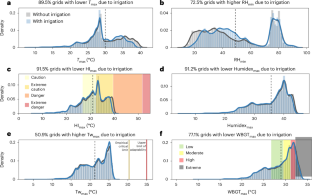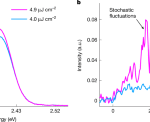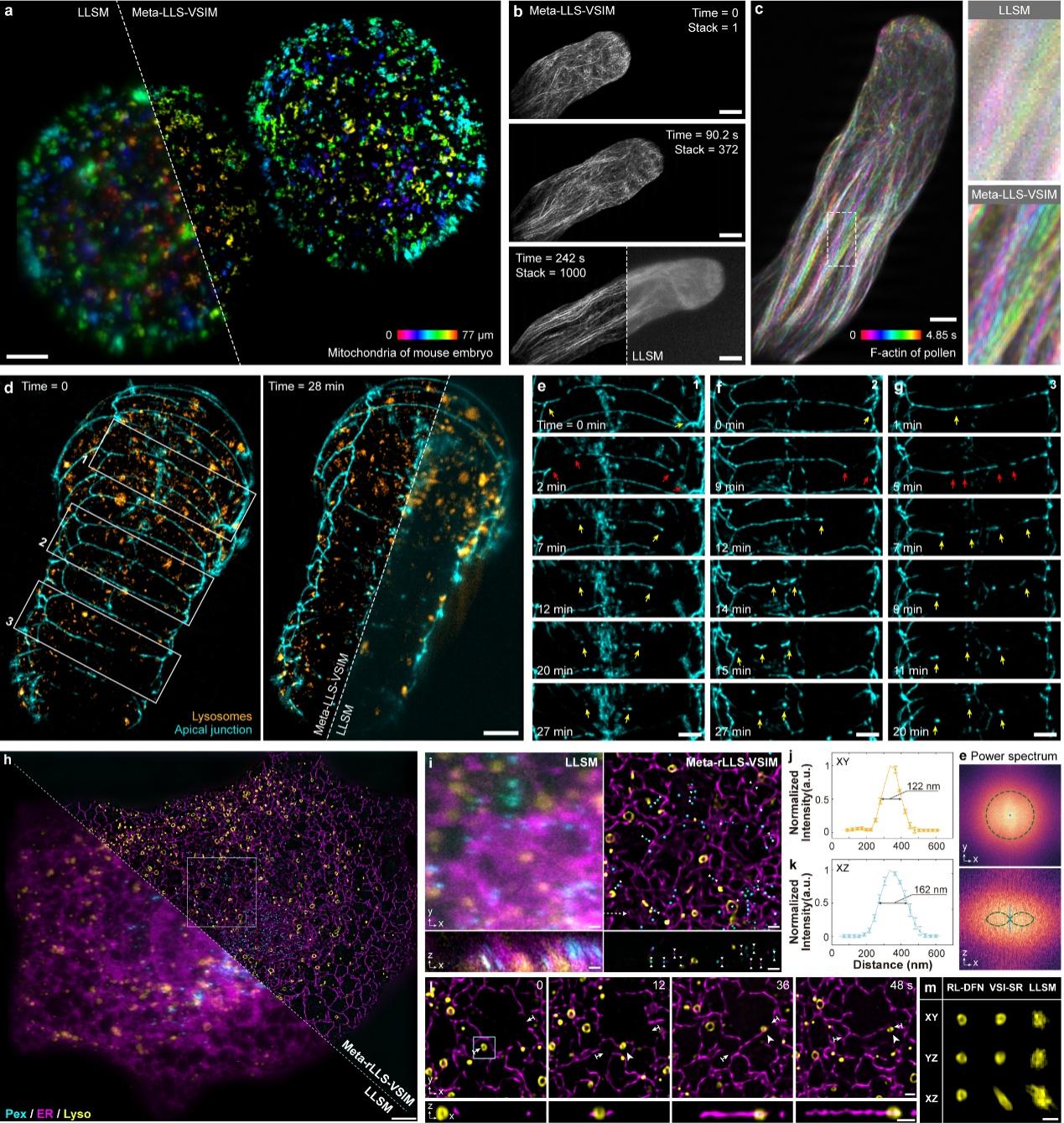2025-05-28 パシフィック・ノースウェスト国立研究所(PNNL)
<関連情報>
- https://www.pnnl.gov/publications/its-not-heat-its-irrigation
- https://www.nature.com/articles/s41561-024-01613-z
北米における日中の都市熱ストレスは灌漑によって軽減される Daytime urban heat stress in North America reduced by irrigation
TC Chakraborty,Yun Qian,Jianfeng Li,L. Ruby Leung & Chandan Sarangi
Nature Geoscience Published:09 January 2025
DOI:https://doi.org/10.1038/s41561-024-01613-z

Abstract
There is considerable uncertainty regarding the impact of irrigation on heat stress, partly stemming from the choice of heat stress index. Moreover, existing simulations are at scales that cannot appropriately resolve population centres or clouds and thus the potential for human impacts. Using multi-year convection-permitting and urban-resolving regional climate simulations, we demonstrate that irrigation alleviates summertime heat stress across more than 1,600 urban clusters in North America. This holds true for most physiologically relevant heat stress indices. The impact of irrigation varies by climate zone, with more notable irrigation signals seen for arid urban clusters that are situated near heavily irrigated fields. Through a component attribution framework, we show that irrigation-induced changes in wet-bulb temperature, often used as a moist heat stress proxy in the geosciences, exhibit an opposite sign to the corresponding changes in wet bulb globe temperature—a more complete index for assessing both indoor and outdoor heat risk—across climate zones. In contrast, the local changes in both wet-bulb and wet bulb globe temperature due to urbanization have the same sign. Our results demonstrate a complex relationship between irrigation and heat stress, highlighting the importance of using appropriate heat stress indices when assessing the potential for population-scale human impacts.



